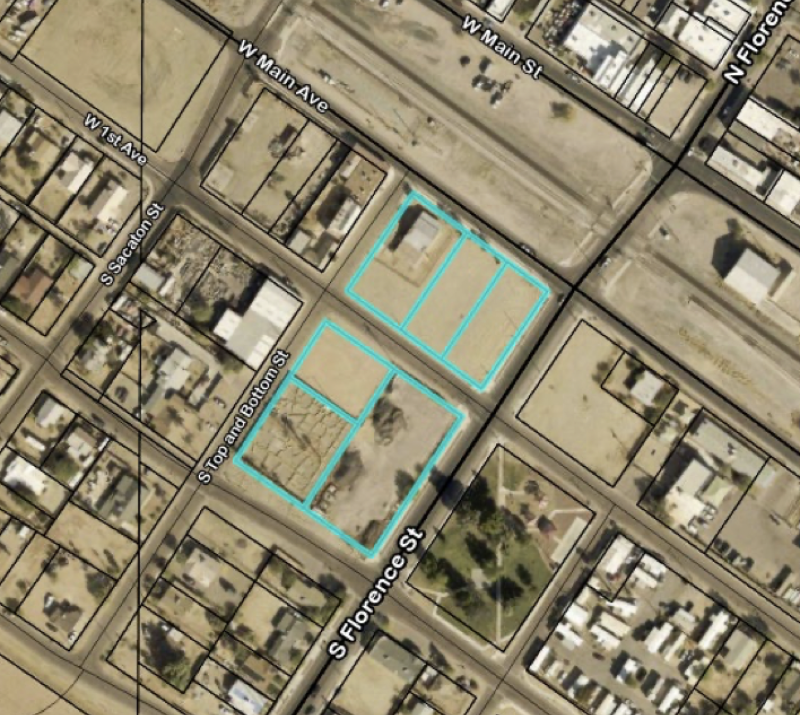![]()
& Company
FOR IMMEDIATE RELEASE
June 19th, 2017
The Monday Morning Quarterback
A quick analysis of important economic data released over the past week
As expected the FED raised the target range for the federal funds rate by 25 basis points from 1.0% to 1.25%. The change in interest rates was uneventful.
What was more interesting was the FED’s plan to normalize its balance sheet. The FED plans to reduce the size of its balance sheet. All told, the balance sheet will initially decline by $10 billion per month. While the FED did not state how much in total the balance sheet would be reduced by, the balance sheet will be reduced over time to a level that is appreciably below what it has been in recent years but larger than what existed before the financial crisis.
The FED funds rate will remain the primary policy lever and the FED is prepared to again beef up its balance sheet if the economy deteriorates. This gives the FED more policy tools to deal with during the next slowdown in the economy, whenever that occurs. General expectations are that interest rates will continue to move upward the rest of this year and into next.
The FED funds rate will remain the primary policy lever and the FED is prepared to again beef up its balance sheet if the economy deteriorates. This gives the FED more policy tools to deal with during the next slowdown in the economy, whenever that occurs. General expectations are that interest rates will continue to move upward the rest of this year and into next.
As a final note this week, the Milken Institute School of Public Health and George Washington University released a study on the economic and employment consequences of the proposed American Health Care Act, the Republican substitute for Obamacare. Keep in mind that the proposed AHCA is likely to change substantially before it comes to a vote in the Senate and that Obamacare is obviously imploding before our eyes. This almost makes the analysis moot.
That being said, the results for Arizona show that the state would gain 23,800 jobs due to the change in 2018, but, by 2026, there would be 7,600 fewer jobs in the state than there would otherwise have been. Since the state now has 2,747,000 nonfarm jobs in total as of last month, the 2026 decline would be de minimis. The bottom line is that it is too early to tell what, if anything, will pass congress. But if something does pass in a near current form, the effects on jobs will likely be positive in the near term and mildly negative in the longer term.
U.S. Snapshot:
- Retail and food service sales declined 0.3% in May when compared to April. Sales were up 3.8% compared to a year ago. This weakness follows two strong months.
- The University of Michigan consumer sentiment index for June declined to its least optimistic reading since the November election. The index stood at 94.5 compared to 97.1 in May and 93.5 a year ago. While the index is still in a range that suggests continued expansion, the decline was unexpected.
- Consumer prices as measured by the index for all urban consumers (CPI-U) decreased 0.1% in May. Over the last 12 months, the all items index rose 1.9%. The index for all items less food and energy rose 0.1% in May and was up 1.7% from year earlier levels.
- Builder confidence in the market for newly built single family homes weakened slightly in June. The reading was down 2 points to 67. The reading was 69 in May and 60 a year ago. Overall, the index reflects continued confidence but also reflects frustration over an ongoing skilled labor and lot shortage.
- The manufacturing and trade inventories to sale ratio remained at 1.37 in April. This is the same as the March level and down from 1.42 a year ago. It appears that inventories relative to sales remain under control.
- Industrial production was unchanged in May following a large increase in April and smaller increases in February and March. The index was 2.2% above year earlier levels.
Arizona Snapshot:
- The state’s seasonally adjusted unemployment rate increased from 5.0% in April to 5.1% in May. The national seasonally adjusted unemployment rate declined from 4.4% to 4.3% in May. A year ago, the Arizona rate was 5.3% and the U.S. rate was 4.7%.
- The Arizona unemployment rate was not the only disappointment in the data for May. The state’s nonfarm jobs number of 2,747,000 was an increase of only 1.8% (48,200) from year earlier levels and reflected a higher that average seasonal decline. Year-to-date, jobs in the state are up 2.0%. In terms of percentage increases in job growth, on a year-to-date basis, the state now ranks 11th out of 50.
- Greater Phoenix unemployment in May was 4.3%. This compares to 3.9% in April and 4.4% a year ago.
- Greater Phoenix did better than the state as a whole in terms of employment growth in May. The metro grew by 2.4% or 47,000 jobs compared to a year ago, but, was still weaker than expected on a month over month basis. Year-to-date compared to a year ago, employment in the Phoenix area was up 2.5%.
- Greater Tucson lost 400 jobs compared to a year ago in May and on a year-to-date basis is up only 0.3%.
- According to the Central Arizona Homebuilders Association, single family permits in Greater Phoenix were up a strong 18.4% (1,910 units) in May. Permits year-to-date are up 11.8% from the same 2016 period.
- The Greater Tucson new single family market was also strong. According to Bright Future Real Estate Research, permits in May were up 51.8% from year earlier levels. Year-to-date levels are up 23.0%.







